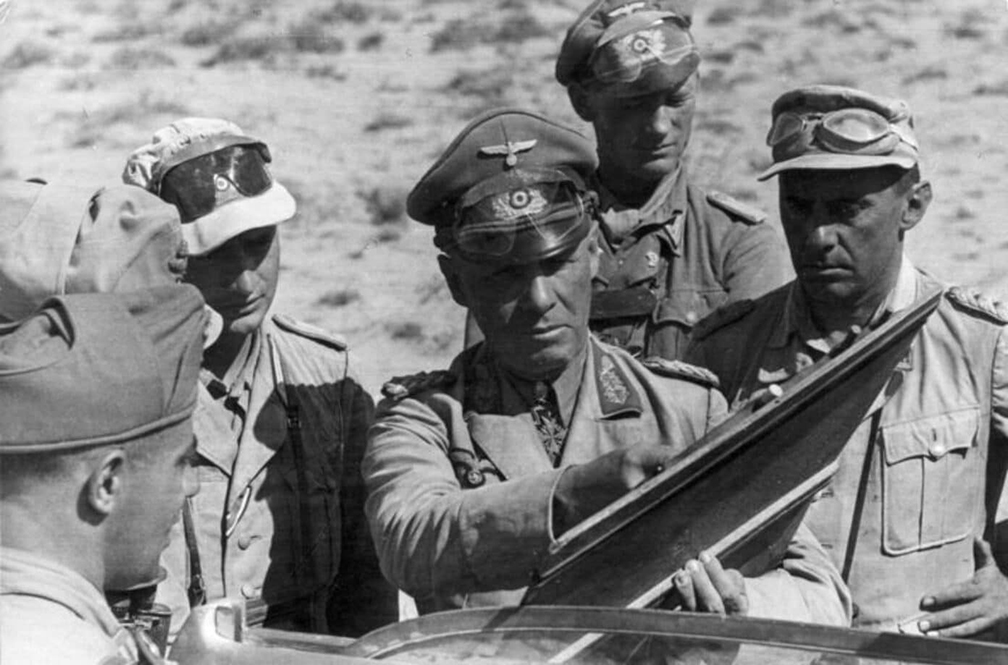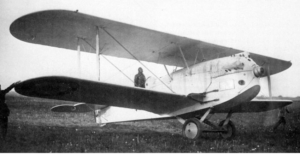In wartime, even losing soldiers and politicians always make a last-ditch effort to outsmart the enemy. In the 19th and 20th centuries, we see this when it comes to securing and hiding wealth. The American Civil War and Second World War abound in crazy tales of lost treasures. This week, we look at three famous fortunes that are still out there. First, Rommel’s Treasure.
We’ve featured the legend of other World War II loot, the famous Nazi Gold Train, before. Rommel’s Treasure is another old tale that refuses to go away. Named after the tactically brilliant German Field Marshal Erwin Rommel, the so-called Desert Fox of North Africa, the gold is believed to be treasure looted during the war by Rommel’s forces.
The treasure consists of stolen gold, valuable artifacts, and other riches taken from European banks, governments, and, of course, the Jews. Rommel or his forces supposedly hid this bounty as they retreated from the Allies in North Africa and Europe. Some say Rommel himself was not directly responsible for the looting.

Rommel. Photo: Bundesarchiv, Bild/Wikimedia Commons
Locations
The spoils went from North Africa to Germany, first stopping in Corsica. However, the ship supposedly sank. No one knows if this was a deliberate move so the Germans could recover it after the war or simply an accident. Nevertheless, the vast Mediterranean could house such a fortune. According to an article from Vox Albania:
This plan was discovered a few years later by the Czech Peter Flyg, who in 1945 was sent to the city of Bastia, Corsica, as a diver on a secret mission. There, along with four other officers, according to Flyg, they judged [moving the gold] to Germany to be dangerous. So they decided to sink it in the sea and retrieve it at a later stage, when military operations allowed.
Flyg was a salvager, engineer, and diver stationed in Italy when he received these orders to go to Corsica. The top-secret operation could have no paper trail. In Corsica, he, a captain, and lieutenants had to escort six crates of gold to Adolf Hitler directly.
They were supposed to rendezvous with a convoy, which, however, did not show up. Their only alternative was to sink the gold and find it later. They sunk it all a few kilometers offshore. The men then went to La Spezia in northwestern Italy. Here, the SS arrested them and found them guilty of treason for stealing from the regime. Were they trying to steal it? We do not know.
The four officers were shot, but Flyg somehow survived. Eventually, he returned to Corsica with a team of hunters. No luck. Flyg was then imprisoned in Corsica after getting drunk and fighting with locals.
When he was released two months later, he went incognito to Germany, where he lived under a false identity. He re-emerged in the 1960s when a treasure hunter enlisted his help. They went back to Corsica but could not find the treasure.
Other theories
One of the most widely discussed theories is that Rommel hid his treasure in the Sahara of North Africa, specifically in Egypt or Libya. This notion came from the fact that Rommel’s Afrika Korps, after suffering defeats in battles such as El Alamein, retreated through that vast desert. According to the theory, Rommel buried the gold in secret locations in the desert to prevent its capture by the Allies. The extreme conditions of the desert, with its shifting sands and confusing landscapes, would have been an ideal hiding place.
Sadly, few have sought out this treasure, which is far less well-known than the sensational Nazi Gold Train.

Rommel’s treasure was a subject for pulp movies of the 1950s, but it is all but forgotten today.






